Technological Innovations
Technological advancements play a crucial role in propelling the Cancer Photodynamic Therapy Market forward. Innovations in light delivery systems, photosensitizers, and imaging techniques have enhanced the efficacy and safety of photodynamic therapy. For instance, the development of targeted photosensitizers that selectively accumulate in tumor tissues has shown promise in improving treatment outcomes. Furthermore, the integration of advanced imaging modalities allows for real-time monitoring of treatment responses, thereby optimizing therapeutic strategies. As these technologies continue to evolve, they are expected to attract investment and research efforts, further stimulating the growth of the Cancer Photodynamic Therapy Market.
Rising Incidence of Cancer
The increasing prevalence of cancer worldwide is a primary driver for the Cancer Photodynamic Therapy Market. According to recent statistics, cancer cases are projected to rise significantly, with estimates suggesting that by 2040, the number of new cancer cases could reach 27.5 million annually. This alarming trend necessitates the development of innovative treatment modalities, including photodynamic therapy, which offers a minimally invasive option with fewer side effects compared to traditional therapies. As healthcare systems strive to address this growing burden, the Cancer Photodynamic Therapy Market is likely to experience substantial growth, driven by the demand for effective and patient-friendly treatment alternatives.
Growing Awareness and Acceptance
The increasing awareness and acceptance of photodynamic therapy among healthcare professionals and patients are pivotal in driving the Cancer Photodynamic Therapy Market. Educational initiatives and clinical evidence showcasing the benefits of this therapy have contributed to its rising popularity. Surveys indicate that a significant percentage of oncologists are now considering photodynamic therapy as a viable treatment option for various cancers, including skin and lung cancers. This shift in perception is likely to enhance patient demand for photodynamic therapy, thereby fostering market growth. As more practitioners recognize its potential, the Cancer Photodynamic Therapy Market is poised for expansion.
Regulatory Support and Approvals
Regulatory bodies are increasingly recognizing the potential of photodynamic therapy, leading to a favorable environment for the Cancer Photodynamic Therapy Market. Recent approvals of new photodynamic agents and devices by regulatory authorities have paved the way for broader clinical applications. For example, the approval of novel photosensitizers for treating specific cancer types has expanded the therapeutic landscape. This regulatory support not only enhances the credibility of photodynamic therapy but also encourages further research and development. As more products gain approval, the Cancer Photodynamic Therapy Market is expected to witness accelerated growth, driven by increased treatment options.
Integration with Personalized Medicine
The trend towards personalized medicine is significantly influencing the Cancer Photodynamic Therapy Market. Tailoring treatment approaches based on individual patient characteristics, such as genetic profiles and tumor biology, enhances the effectiveness of photodynamic therapy. This integration allows for more precise targeting of cancer cells while minimizing damage to healthy tissues. As research continues to uncover the molecular mechanisms underlying cancer, the potential for personalized photodynamic therapy is becoming increasingly apparent. This shift towards individualized treatment strategies is likely to drive demand within the Cancer Photodynamic Therapy Market, as patients seek therapies that align with their unique medical profiles.


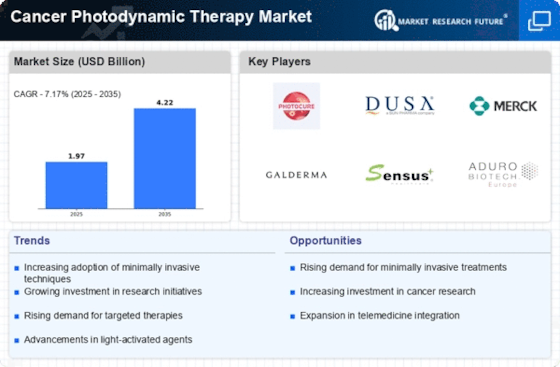
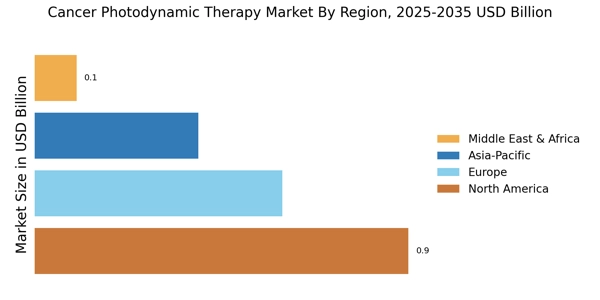
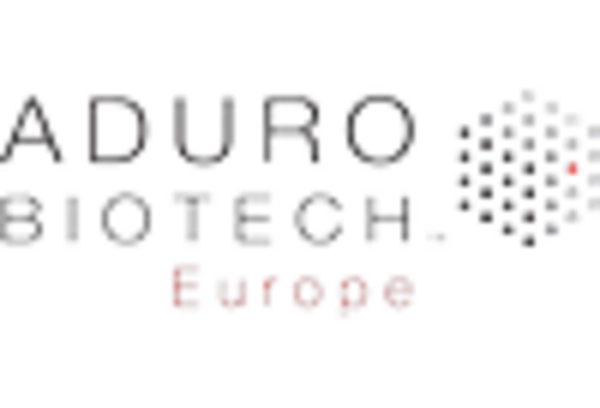

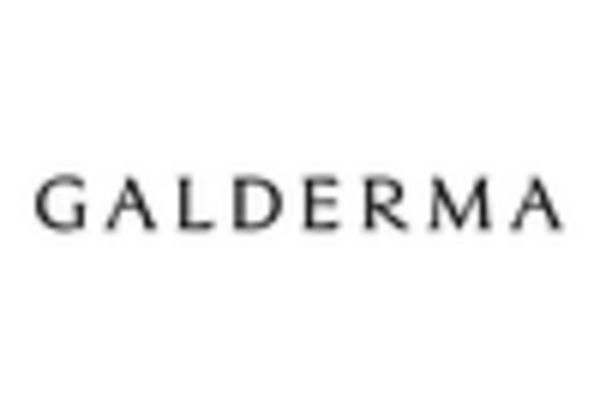
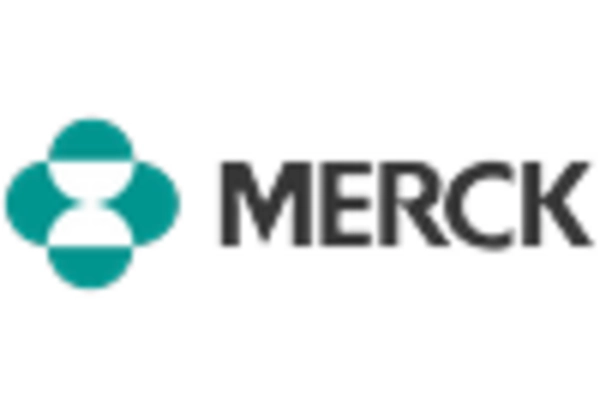










Leave a Comment